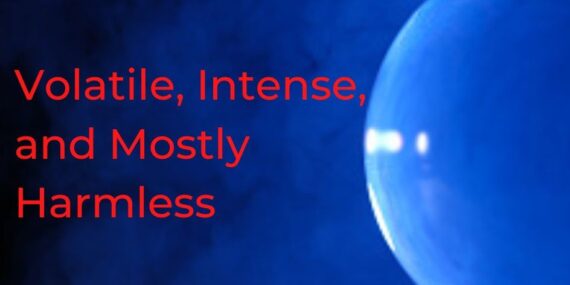The Broken Road of Innovation
Discovery, innovation, and practical application are never a straight line and, the best analogy is “the broken road.” Our greatest discoveries and advancements have confusing, uneven, and broken pathways that often lead somewhere astonishing – even though at the outset the initial steps could never envision this as a final destination. Artificial intelligence is the embodiment of this concept. A powerful tool that can lead anywhere given the imagination and unlimited creativity of its users. There may be nowhere more impactful, generating therapies for unmet medical needs in record time, than artificial intelligence’s ability to mimic evolution in minutes. The real outcomes are still unpredictable, but the potential is unfathomable. AI languages that produce pictures seem to be initially relegated toward a combination of Tik-Tok influencers, outraged artists, and those with limited imaginations and creative skills. But now, AI-generated pictures can use text to direct specific protein designs with properties of shape, size, and/or function that make it possible for these new proteins to perform specific tasks on demand. This breakthrough may lead to more efficient and effective drug development and, the discovery in minutes of what evolution would otherwise have taken millions of years to develop.














